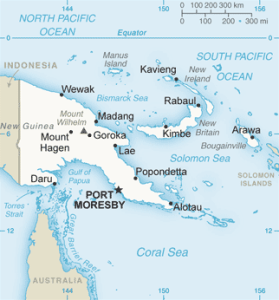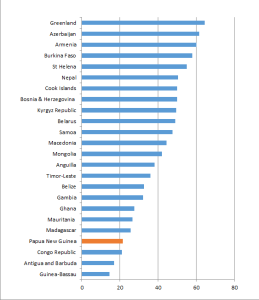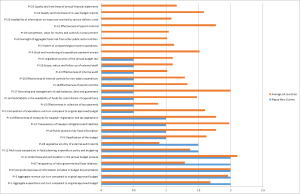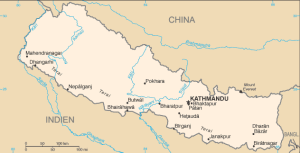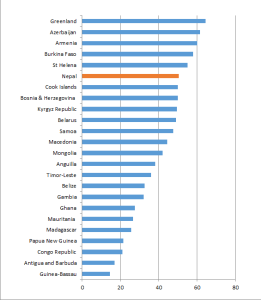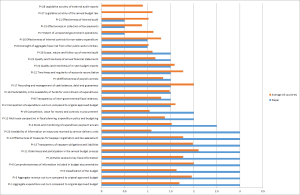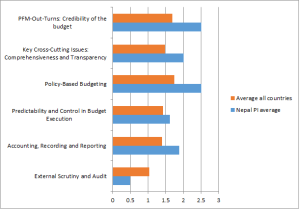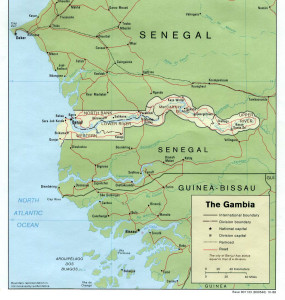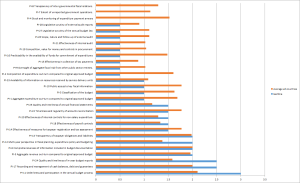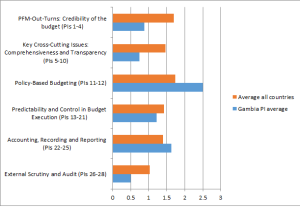Corruption Correlations
Corruption Correlations
Our blog “International Development and the Challenge of Public Sector Corruption” discusses the results of our examination of correlations for the control of corruption and government effectiveness and public financial management (PFM) performance.
Corruption and Government Effectiveness
Correlations were calculated for the relationships between the control of corruption (capturing perceptions of the extent to which public power is exercised for private gain) and government effectiveness (including the quality of public services) for 184 countries using data from the World Bank’s 2013 Worldwide Governance Indicators (WGI), together with World Bank 2013 per capita income data and Rand Corporation’s Trace (bribery) Matrix risk scores for these countries.
The Trace (bribery) Matrix risk scores have an inverse relationship with corruption control levels i.e. low Trace Matrix risk scores indicate relatively favourable levels of control over corruption whilst high Trace Matrix risk scores indicate relatively poor control over corruption. Strong relationships between WGI control over corruption /government effectiveness scores and Trace Matrix risk scores will result in relatively high negative correlation values.
Results were prepared for the total sample of 184 countries as well as the halves and quartiles of the sample.
Corruption and Public Financial Management
Correlations were calculated for the relationships between some measures of PFM performance and the measures of corruption and government effectiveness for the 39 developing countries for which Public Expenditure and Financial Accountability (PEFA) assessments were made available during the past three years from 2013 to 2015. The respective PFM performance measures used are performance indicators prescribed in the PEFA methodology applicable in 2011 comprising the initial 2005 indicator set and subsequent amendments.
Results were also prepared for this sample of 39 countries as well as the halves and quartiles of the sample.
Correlations download
The correlations are presented in a spreadsheet that can be downloaded here.
